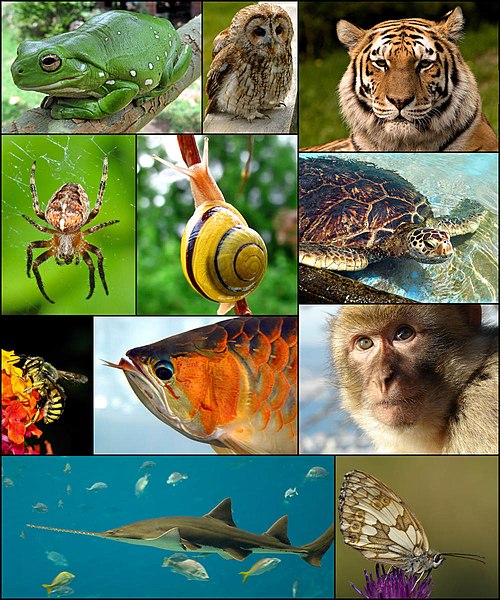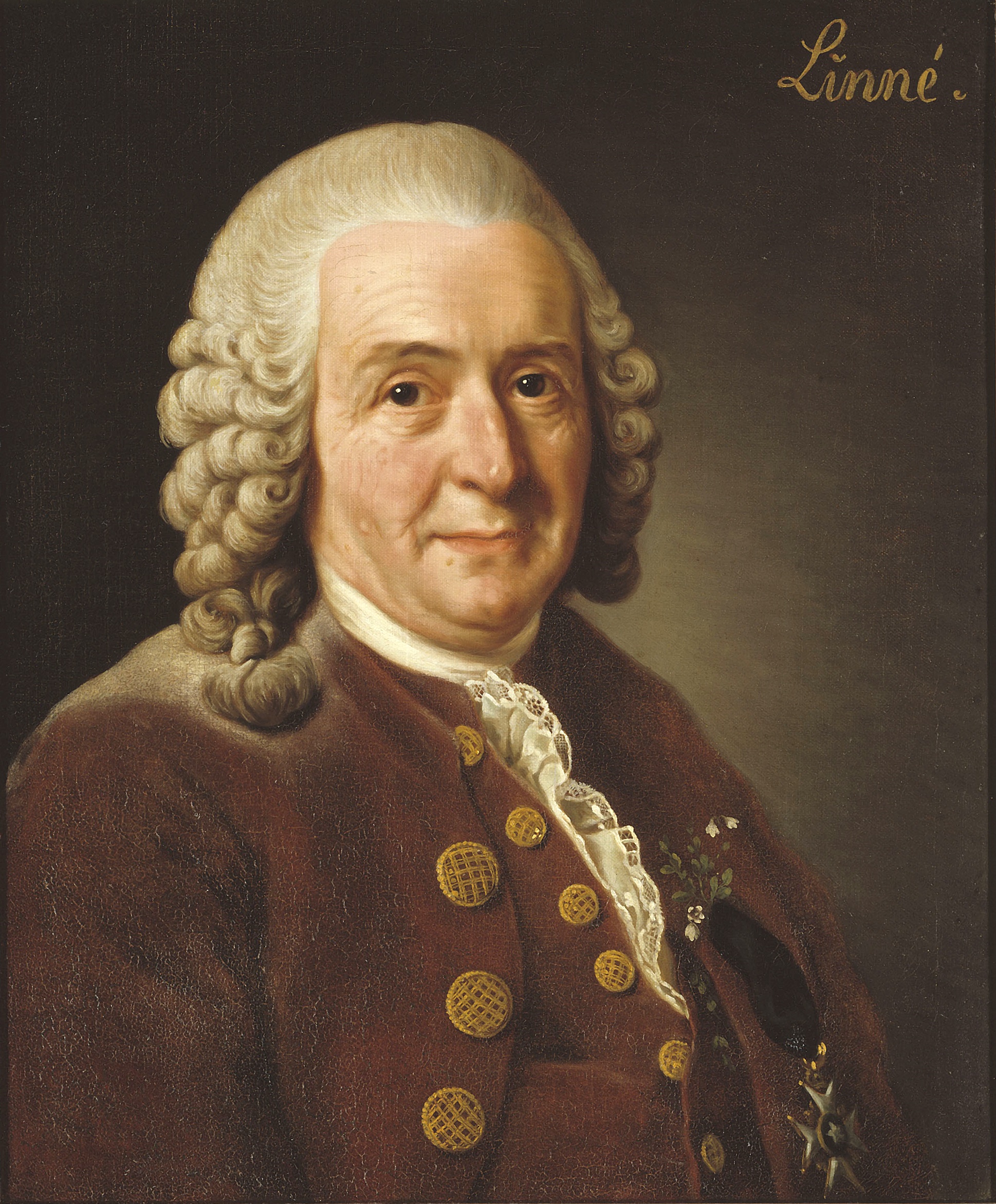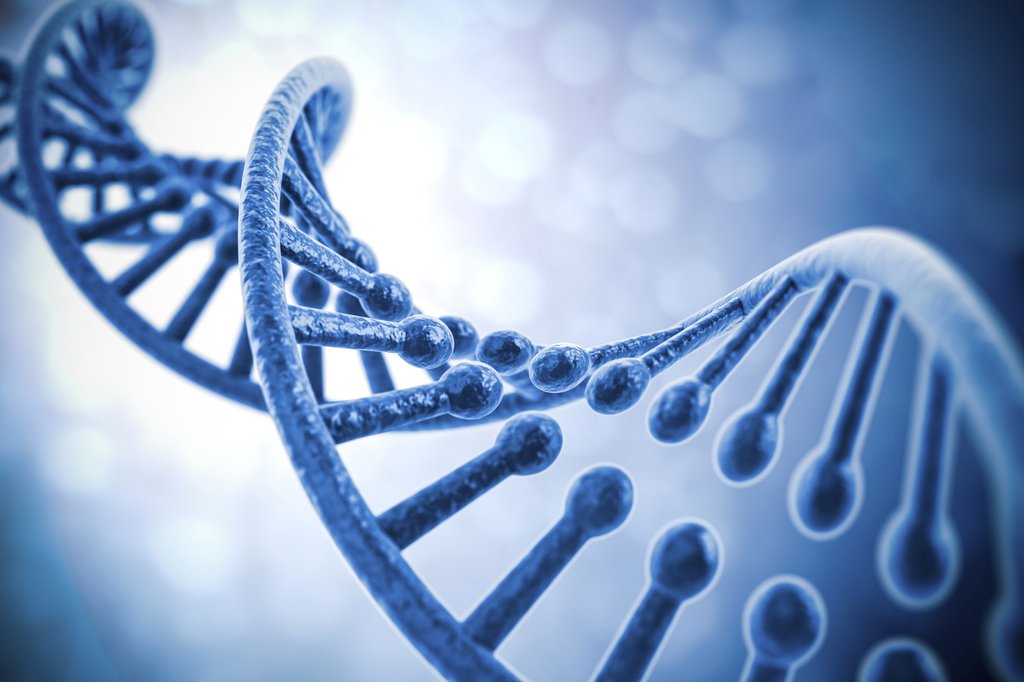Are you passionate about topics like Black holes, Wormholes, Dark Matter, Big Bang Cosmology and life beyond Earth?
The International Life in Space Workshop is the most popular Astronomy and Cosmology event. More than 3000 students from Chennai, Bangalore, Delhi, Mumbai, Pune, Lucknow, Guwahati, Bhubaneshwar, Hyderabad, and Ahmedabad have participated in the event so far.
Every participant will get an International certificate and obviously an experience of a lifetime.



These are some of the responses that the students of Chennai, Bangalore, Delhi, Mumbai, Pune, Lucknow, Guwahati, Bhubaneshwar, Hyderabad, and Ahmedabad have responded for the workshop. Hope this will encourage you and you will register for the workshop.
The following are the registration links for Trivandrum, Coimbatore and Lucknow. The seats are very limited and therefore it is advisable to register at the earliest.
Link for Kolkata: http://iarc.res.in/workshop/lifeinspace/register/kolkata
Link for Mumbai: http://iarc.res.in/workshop/lifeinspace/register/mumbai
Link for Coimbatore: http://iarc.res.in/workshop/lifeinspace/register/coimbatore/
Link for Bhopal: http://iarc.res.in/workshop/lifeinspace/register/bhopal/
People who are registering for the workshop are requested to contact Mr. Mahanil Bhattacharjee at 9038997494.
The first 15 will be getting a discount on their registration, for more information please contact the above contact.



































